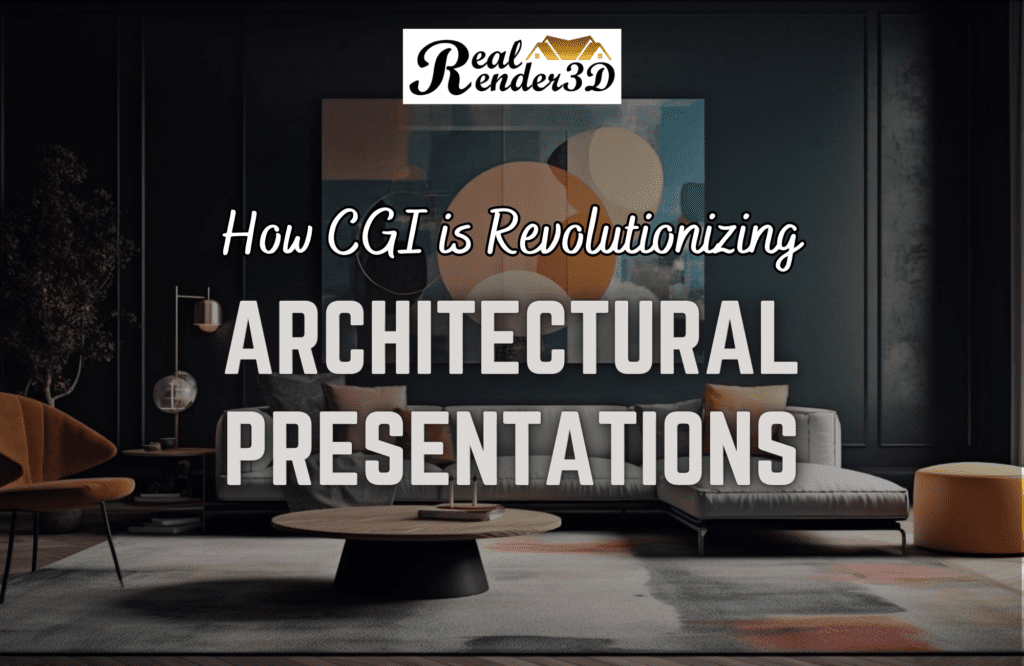3D Rendering Services: Transforming the World of Architecture
In the dynamic world of architecture, the introduction of 3D rendering services has marked a significant revolution. This technology, encompassing various aspects 3D interior rendering has redefined architectural presentations, offering a more vivid, accurate, and engaging experience.
The Use of 3D Interior Rendering in Architecture
There has been an explosion in the use of 3D interior rendering in recent years. It allows architects and 3D interior designers to create detailed, lifelike representations of interior spaces. This not only aids in better client understanding but also enhances the design process, making it more efficient and error-free.
Crafting Dream Homes with 3D Home Design
The concept of 3D house design has brought the dream of visualising future homes to reality. With services like house 3D plans, individuals can now see and modify their future homes before a single brick is laid. This aspect of 3D rendering services ensures that every corner of the house reflects the homeowner’s vision.
The Role of 3D Floor Plans in Decision Making
The use of 3D floor plans in architectural presentations has become an essential tool. They provide a clear, top-down view of the property layout, making it easier for clients to understand the spatial arrangement and flow of the house. This clarity in presentation helps in quicker decision-making and approvals.
Bringing Exteriors to Life with 3D Exterior Rendering
3D exterior rendering is another best service, offering a realistic portrayal of a building’s exterior. This technique is crucial for 3D residential rendering, as it helps in visualising how a building will blend with its surroundings.
The Art of 3D Architectural Visualisation
3D architectural visualization is more than just renderings, it’s an art that brings a project to life before it’s built. It encompasses everything from detailed render design to creating 3D architectural visualiser presentations that impress and inform.
The Future is Here with CGI Architecture
The future of architectural design is being shaped by CGI. It allows architects and CGI companies to push the boundaries of creativity and realism. From intricate architectural renders to comprehensive 3D house plans, CGI is reshaping the way we view architecture.
The Impact of 3D Rendering Interior Design
Interior design renderings have revolutionized the interior design industry. Many interior design softwares allow us for a detailed and immersive view of interior spaces, aiding both designers and clients in making informed choices about materials, colors, and layouts.
The Evolution of Architectural Presentations with 3D Animation Services
Finally, the integration of 3D architectural animation services, including flythroughs and 3D animation videos, has taken architectural presentations to new heights. These services provide a dynamic and interactive experience, allowing clients to virtually walk through their future homes or buildings.
Conclusion
In conclusion, 3D rendering services are the pillars of modern architectural visualisation. From 3D visualisations in London to CGI in New York, these services are globally reshaping the way we design, present, and perceive architecture. Whether it’s a virtual home, an exterior house rendering, or a detailed 3D drawing of a house, the options are endless. As technology advances, we can only expect these services to become more integral to the architectural industry, continuing to revolutionize presentations and bringing visions to life.
Frequently Asked Questions
1. What is CGI and how is it used in architecture?
CGI (computer-generated imagery) refers to the use of software to create realistic 3D renderings and visualizations of architectural designs. In architecture, CGI is used to create detailed 3D models, floor plans, exterior renderings, flythrough videos, and other visual materials to bring building and interior designs to life.
2. What are some of the benefits of using CGI in architecture?
Key benefits include: enhanced visualization and understanding of spatial design, accurate depiction of lighting, materials and textures, ability to make design modifications easily, impressive and engaging presentations for clients, ability to view photorealistic renderings of unbuilt designs.
3. How is 3D interior rendering changing architectural design?
3D interior rendering creates immersive visualizations of interior spaces, allowing architects and designers to experiment with materials, lighting, furnishings, and layouts in a realistic setting before construction. This facilitates creativity, modifications, and collaboration with clients.
4. Are CGI renderings cheaper than traditional architectural models?
Yes, generally CGI models are much cheaper and faster to produce compared to traditional physical architectural models. There are no material costs and CGI allows for easy iterations and modifications.
5. How can clients visualize exterior designs with CGI?
CGI exterior rendering creates realistic 3D visualizations of a building’s façade, surroundings, and context. This allows clients to view the building design in its intended environment. CGI also facilitates virtual walkthroughs and flythroughs of exterior designs.
6. Does CGI replace the need for physical architectural models?
Not necessarily. While CGI has revolutionized architectural visualization, physical models still have benefits for tactile understanding of materials and designs. Many architects use a combination of CGI and physical modeling throughout the design process.
7. Are there any limitations of CGI for architectural presentations?
A few limitations include the time/cost of developing highly detailed CGI models, the need for computational power, and the inability to physically experience spaces. Additionally, a CGI model is only as accurate as the modelling and specifications inputted.
8. What future trends do you foresee for CGI in architecture?
Wider integration of virtual and augmented reality to enhance interactivity and immersion, real-time rendering for speed, use of AI and generative design to automate modeling, photorealistic digital twinning of buildings, and expanded use of CGI in construction planning.
Alex Smith is a content writer at RealRender3D, writing informative articles on 3D rendering, interior design, architecture, and related topics.
With over 15 years of experience at top UK architecture and interior design firms, Alex leverages his expertise to write engaging content educating readers on AEC industry trends and best practices.
Connect with Alex at alex@realrender3d.co.uk.
